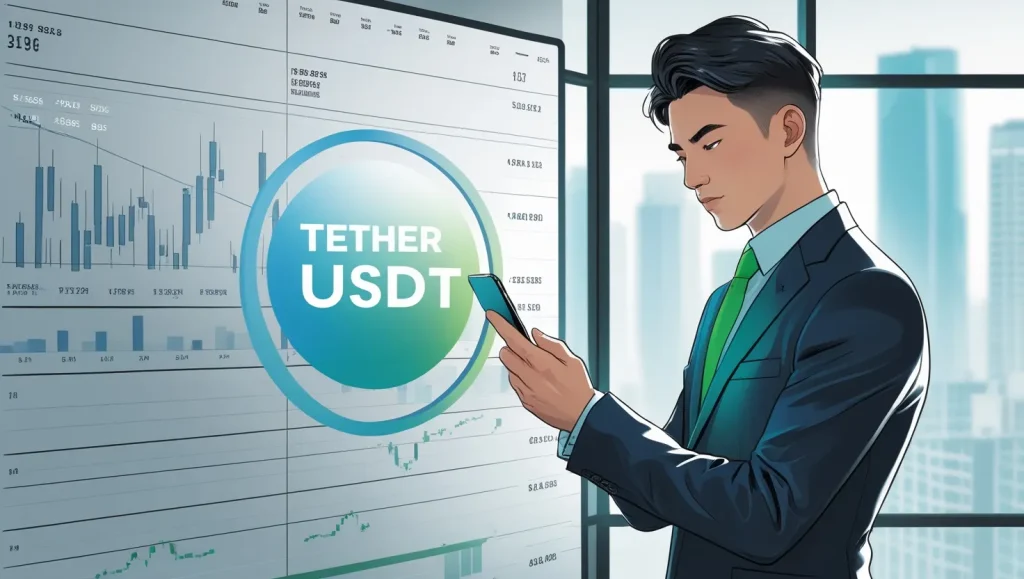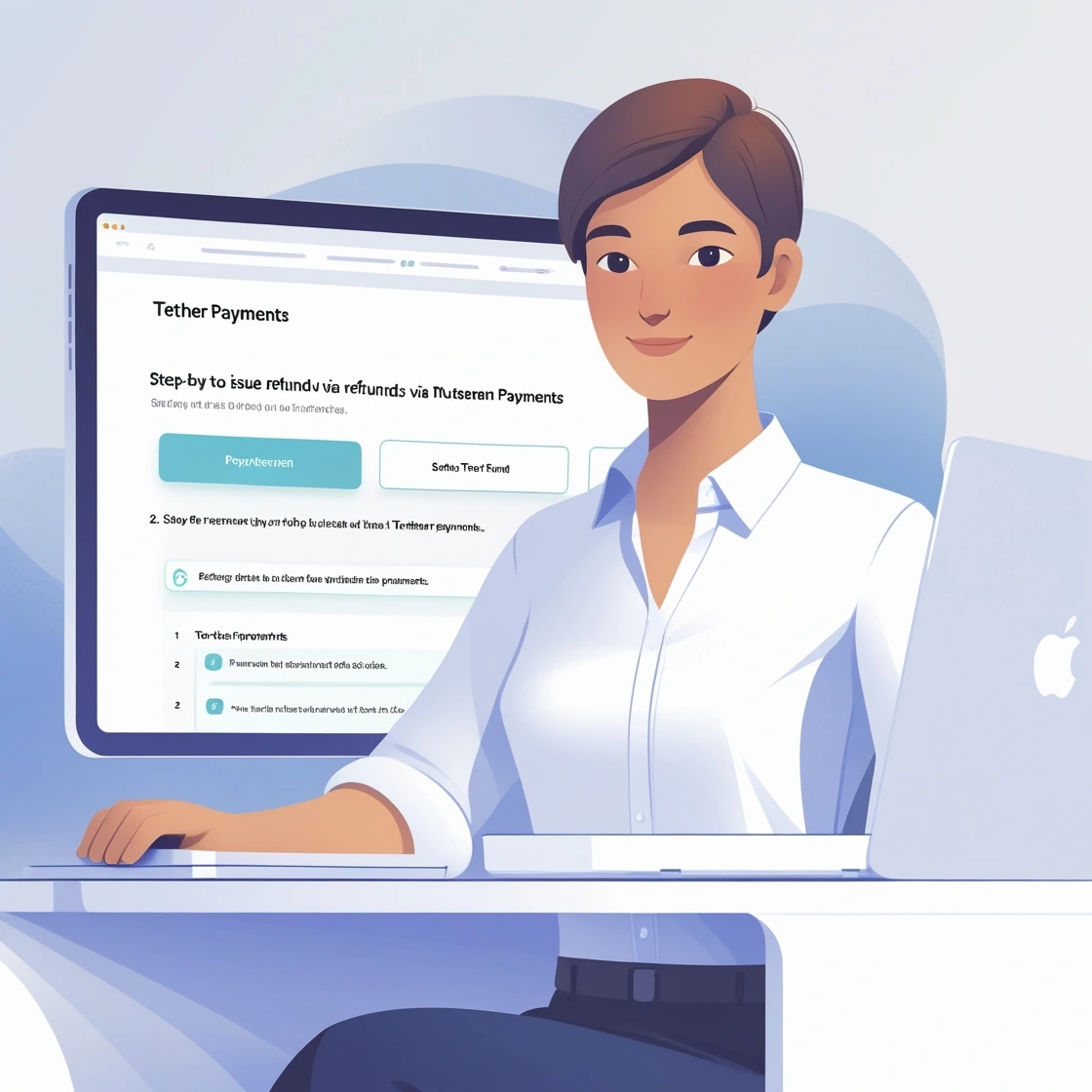With the growing popularity of cryptocurrencies, many forex brokers are exploring the integration of digital assets into their platforms. Tether (USDT), a stablecoin pegged to the US dollar, has emerged as a prominent choice due to its stability and widespread acceptance. However, before accepting Tether in forex trading, it’s crucial to understand its implications fully.
Understanding Tether and Its Role in Forex
What is Tether (USDT)?
Tether is a type of cryptocurrency known as a stablecoin, designed to maintain a 1:1 value with the US dollar. This stability makes it an attractive option for traders looking to mitigate the volatility commonly associated with digital currencies.
Benefits of Using Tether in Forex
-
Stability: Tether’s value remains relatively constant, providing a reliable medium for transactions.
-
Liquidity: USDT is widely traded, ensuring ease of conversion and transfer.
-
Speed: Transactions with Tether are typically faster than traditional banking methods.
-
Accessibility: Tether operates on multiple blockchains, including Ethereum and Tron, enhancing its versatility
Key Considerations Before Integration
Regulatory Compliance and Legal Implications
Before integrating Tether, it’s essential to assess the regulatory landscape. Different jurisdictions have varying stances on cryptocurrencies. Ensuring compliance with local laws and obtaining necessary licenses is paramount to avoid legal complications.
Transparency and Reserve Backing
Tether Limited, the company behind USDT, has faced scrutiny over its reserve transparency. While they claim each USDT is backed by reserves, independent audits have been limited. This lack of full transparency raises concerns about the actual backing of the stablecoin.
Volatility and Price Stability
Although Tether aims for price stability, it’s not immune to market fluctuations. Instances have occurred where USDT’s value deviated from its $1 peg, albeit temporarily. Such volatility, even if minor, can impact trading strategies and profit margins.
Integration with Existing Payment Systems
Incorporating Tether into existing payment infrastructures requires technical adjustments. Compatibility with current systems, potential need for new software, and staff training are factors to consider to ensure a smooth transition
Technical Aspects of Tether Integration
Choosing a Reliable Tether Payment Gateway
Selecting a trustworthy payment gateway is crucial. Factors to evaluate include transaction fees, processing times, security protocols, and customer support. A reliable gateway ensures efficient and secure handling of USDT transactions.
Security Measures and Risk Management
Implementing robust security measures is vital to protect against cyber threats. Utilizing cold storage for funds, two-factor authentication, and regular security audits can mitigate risks associated with digital asset transactions.
Best Practices for Forex Brokers
Educating Clients About Tether
Providing clients with comprehensive information about Tether, including its benefits and risks, fosters transparency and trust. Educational resources can help clients make informed decisions when opting to use USDT for trading.
Monitoring Market Trends and Updates
Staying abreast of developments in the cryptocurrency market is essential. Regularly monitoring news, regulatory changes, and technological advancements ensures that brokers can adapt strategies and maintain compliance.
Conclusion
Integrating Tether into forex trading offers numerous advantages, including stability and efficiency. However, it’s imperative to thoroughly assess regulatory requirements, transparency issues, and technical considerations. By conducting due diligence and implementing best practices, forex brokers can effectively leverage Tether to enhance their trading platforms.
FAQ
-
Is it legal to accept Tether (USDT) in forex trading?
The legality depends on the regulations of your jurisdiction. Some countries allow it, while others require licensing or have restrictions. -
Why do forex traders prefer using Tether over fiat currencies?
Tether offers faster transactions, lower fees, and greater stability compared to other cryptocurrencies. -
What are the risks of accepting Tether as a forex broker?
Key risks include lack of full reserve transparency, technical vulnerabilities, and regulatory uncertainty. -
What’s the best way to integrate Tether into a forex payment system?
Partnering with a secure and reliable USDT payment gateway that offers API access and robust security features is ideal. -
Is Tether (USDT) always equal to one US dollar?
Tether aims to maintain a 1:1 peg to the USD, but slight deviations can occur during high market volatility.








